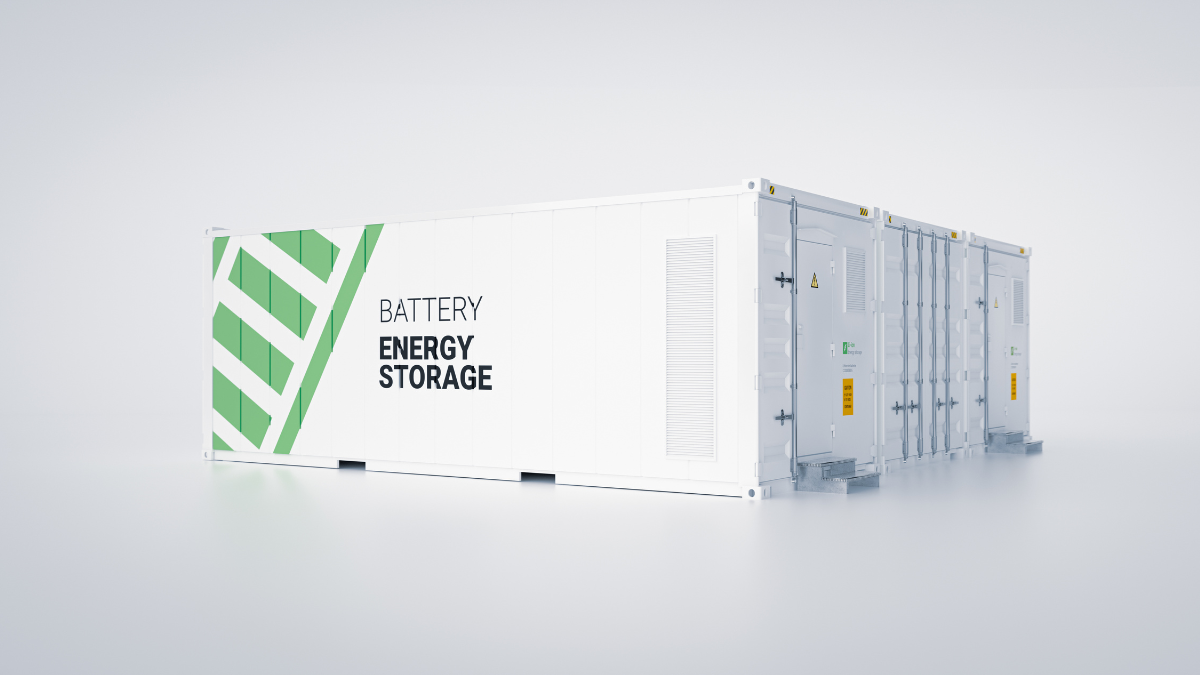NextStar Energy Boosts ESS Production in Windsor Facility Expansion
Canada’s first large-scale lithium-ion battery manufacturer, NextStar Energy, has just upped its game. The Windsor facility is now rolling out advanced energy storage system (ESS) batteries, marking a big leap for the North American solar industry. Let’s unpack what this means for professionals like you.
Why Windsor? Why Now?
Windsor isn’t just about cars anymore. With its strategic location and skilled workforce, it’s becoming a hub for clean energy tech. NextStar’s expansion taps into Ontario’s push for grid modernization and solar-plus-storage projects. Remember how California’s 2020 rollout struggled with battery shortages? This move helps prevent that headache here.
The ESS Battery Edge
These aren’t your average power packs. NextStar’s ESS batteries promise higher energy density—think more juice in less space. For solar farms battling land constraints, that’s gold. And while some say lithium-ion is pricey, the lifetime cost competes with lead-acid when you factor in cycles and efficiency.
But What About Grid Integration?
Smooth grid integration is where these batteries shine. Pair them with Fronius inverters, and suddenly, erratic solar output becomes as steady as Niagara Falls. Net metering policies sweeten the deal, letting excess storage feed back into the grid. Still, challenges like peak demand management linger. Can NextStar’s tech adapt? Early tests suggest yes.
A Nod to Tesla Powerwall
Comparisons to Tesla’s Powerwall are inevitable. While Powerwall dominates homes, NextStar aims at utility-scale projects. Different leagues, same goal: killing the duck curve. Their batteries could slash reliance on gas peakers during those brutal Ontario winters.
The Road Ahead
This expansion isn’t just about making more batteries—it’s about making them smarter. With AI-driven management systems in the pipeline, NextStar might just redefine reliability. Solar pros should watch this space closely; the ripple effects could hit your next RFP.






